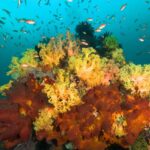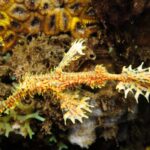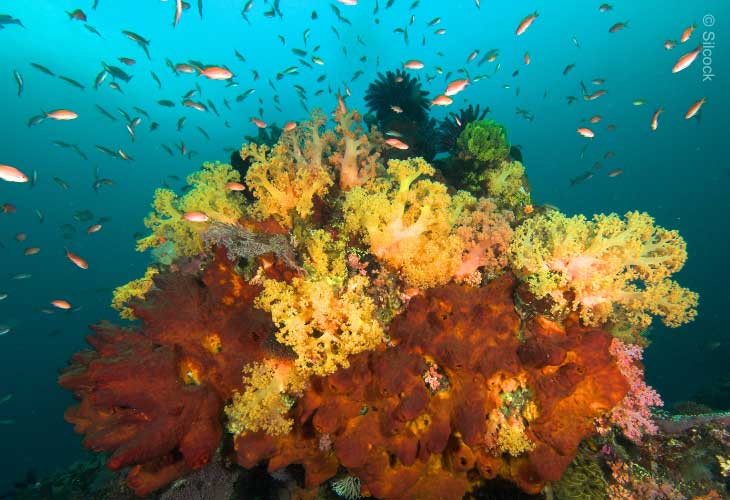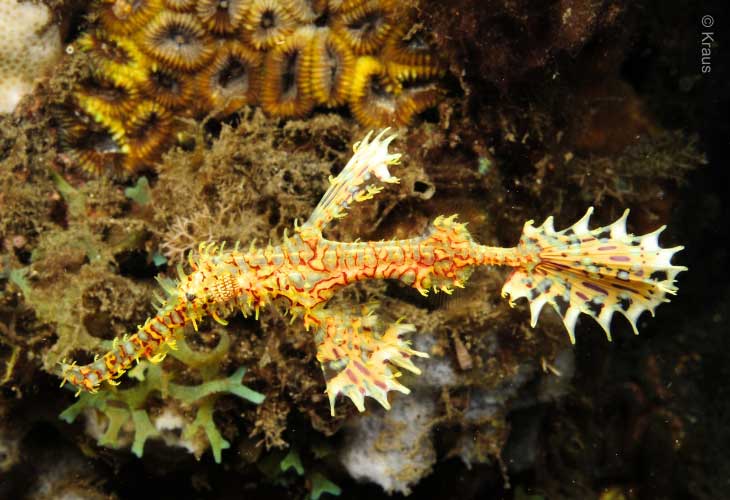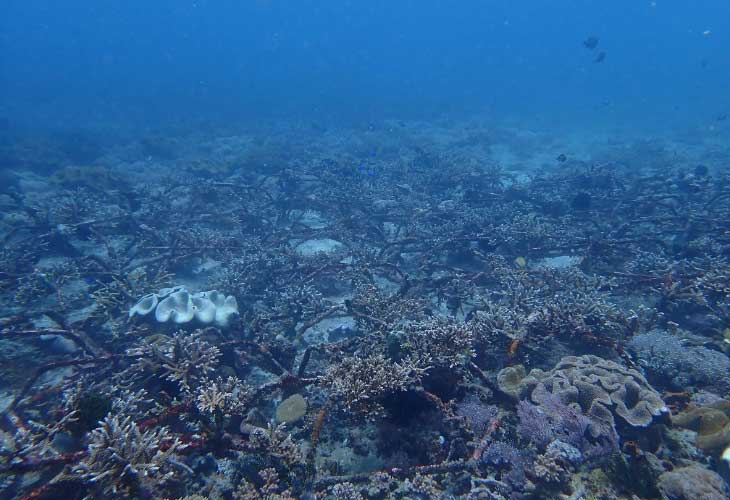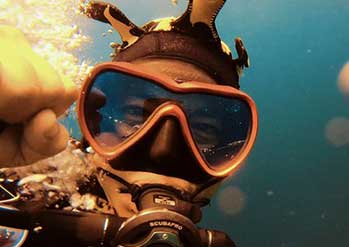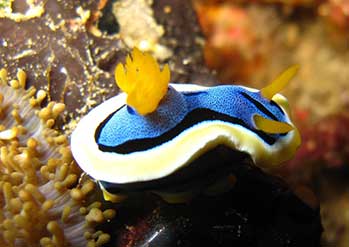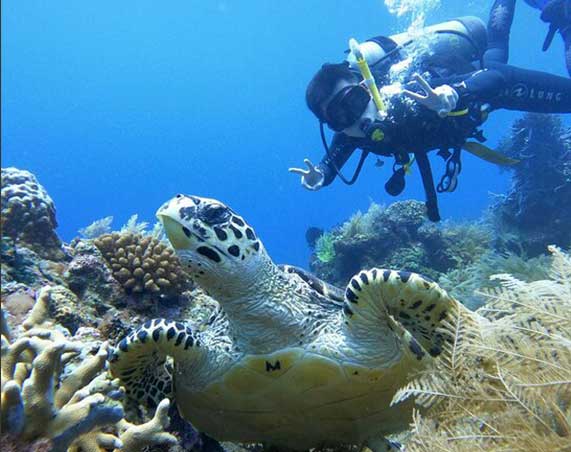MARRS: A Revolutionary Technique for Restoring Coral Reefs
by Mardia, AMD-B’s 2023 Divemaster Internship
The Innovative Approach to Coral Reef Restoration
Coral reefs face numerous threats due to climate change, pollution, unsustainable fishing practices, and human activities. As a result, scientists and conservationists have been actively searching for innovative solutions to restore and preserve these invaluable ecosystems. Various techniques have been developed to increase coral cover on degraded reefs. However, scaling them up to large projects has proven challenging. However, one method that has shown promise is the Mars Assisted Reef Restoration System (MARRS).
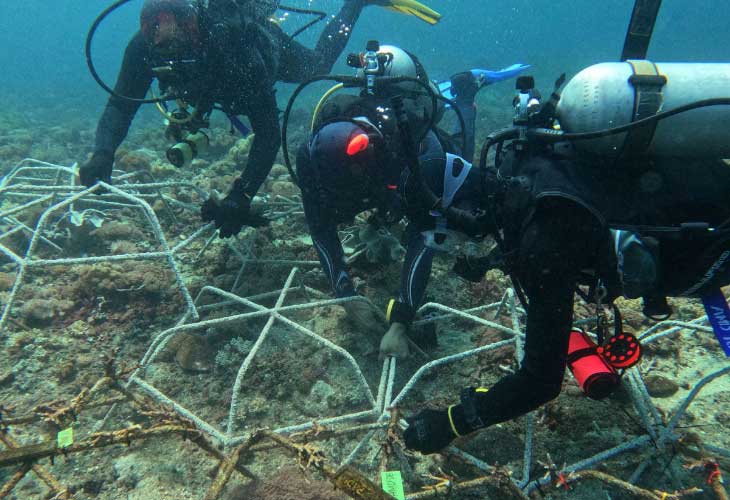
AMD-B MARRS Structure Installation
Uncover the Educational Benefits of the MARSS Technique
The MARRS system consists of hexagonal-shaped structures known as “spiders” or “reef stars.” These structures are made of reinforcing steel rods coated with resin and coral sand to create an environment that encourages corals and other marine organisms to settle. The modular design of the MARRS system allows for flexibility in constructing artificial reef substrates that conform to the contours of existing reefs’ topography.
This restoration method is particularly effective in reef areas dominated by rubble, where the constantly shifting substrate hinders the settlement and growth of baby corals. The reef stars stabilize loose rubble and provide a platform for rapid coral growth and the development of a complete reef ecosystem. The success of the MARRS method has been demonstrated in the MARSS project on Badi Island of Spermonde Archipelago, Makassar. Within just three years, this heavily degraded area transformed into a thriving coral-dominated ecosystem. The live coral cover on the structures increased from less than 10% initially to over 60%, depending on depth, deployment date, location, and disturbances. Furthermore, this restoration site witnessed a threefold increase in fish population and a twofold increase in fish biomass.
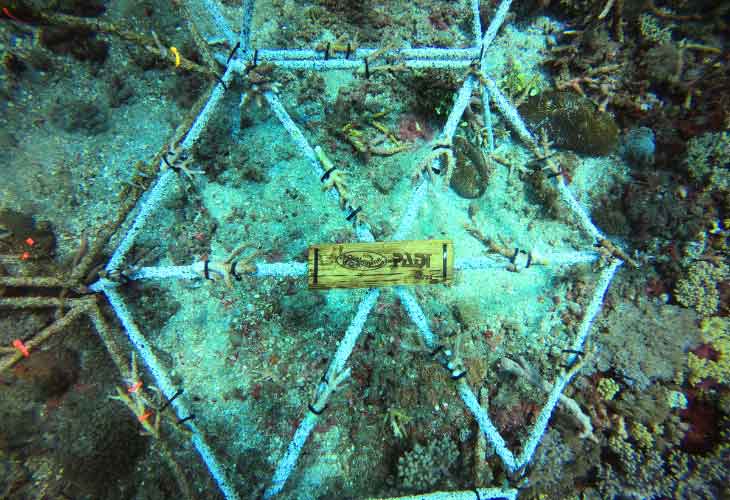
AMD-B MARRS Structure
AMD-B’s Story
At AquaMarine, we have also adopted the MARRS method in our mini reef garden. This year alone, we have installed 45 reef stars and 810 coral fragments, contributing to the restoration and conservation of coral reefs. The MARRS system represents a significant advancement in coral reef restoration, offering a low-cost, rapid, and scalable solution. However, it is crucial to address the root causes of coral reef degradation, such as climate change, pollution, and unsustainable fishing practice, for long-term conservation.
The Mars Assisted Reef Restoration System (MARRS) is a game-changer in coral reef restoration. By providing a rapid and scalable solution, MARRS offers hope for the preservation and recovery of these invaluable ecosystems. However, it is essential to recognize that MARRS alone is not enough. We must raise awareness, support conservation efforts, and take individual actions to reduce our ecological footprint.
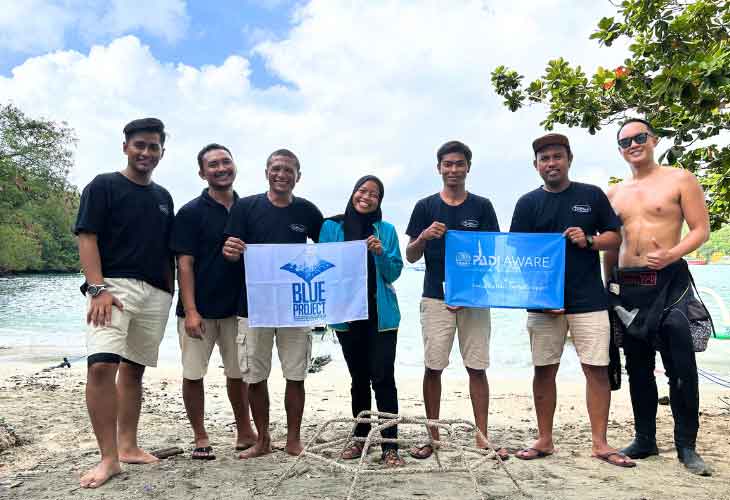
AMD-B Coral Reef Restoration Partner




